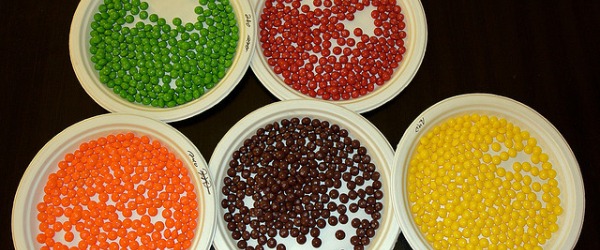10 Useful Tips For Improving Your Sorting Experiments
After a very naïve start in flow cytometry thinking that published protocols will work without fault – needless to say, that did not work out in my favor – I realize now that following a few simple steps can go a long way, and will undoubtedly save you time in the end. So, here are…







